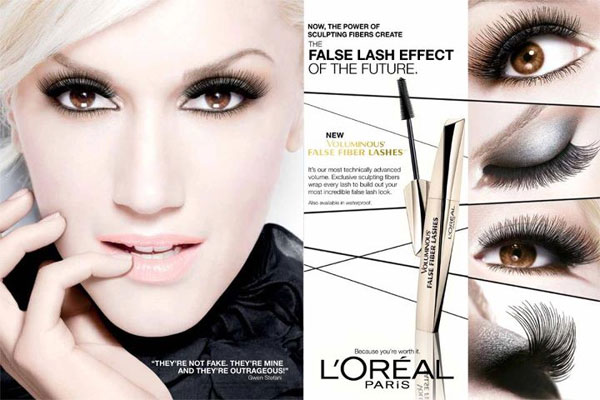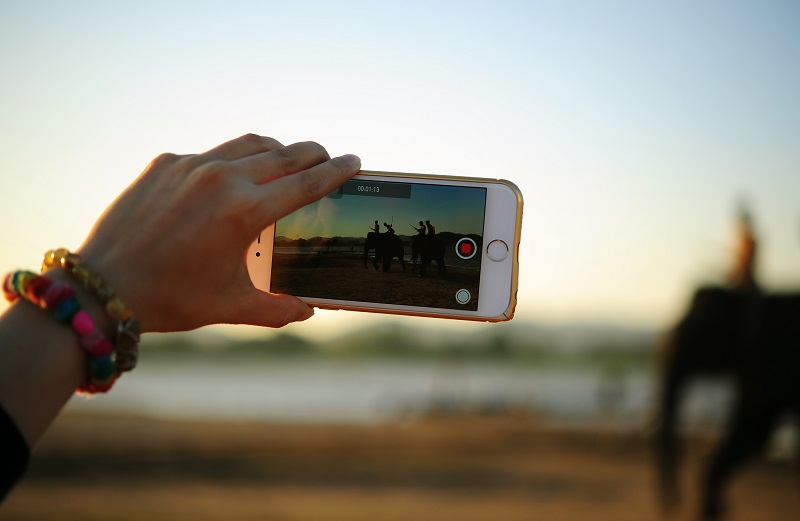
Are You Using Emotions In Your Marketing Messages?
We are emotional beings. It has been proven that we rarely purchase any product or service on logic.
We decide how we feel about the decision to purchase, or the item or service itself, and then we justify the decision with logic. So it would make sense for any business marketing a product or service, to strongly consider exactly which emotion is being targeted in your potential customers.
These can be called Emotional Triggers, as when you tap into the right one, and demonstrate which emotion your products or services align with, it can make creating that call-to-action, and ultimately that sale, a lot easier.
This is not a new concept, but definitely one that needs to be revisited. As when you understand the emotional triggers and integrate accordingly, these will shine through in your copywriting and appeal quickly and effectively.
Top 8 Emotional Triggers (in no particular order)
1. Trust
In today’s world, we are more sceptical than ever before. Stories of people being duped spread like wildfire thanks to the internet. And also with dealing with businesses on the internet, there is a lot of wariness, and consumers are starting to be hesitant to trust.
Marketing messages talking about transparency, or based on real testimonials are becoming more and more frequent as businesses are trying to find as many ways as possible to show that they are trustworthy and authentic.
Example – you will find a good example is a “Guarantee”. This can be a service guarantee, or money-back guarantee.
2. Fear
Fear is one of the most popular emotional triggers that businesses use in their marketing. You can normally tell example of “Fear” emotional marketing, with statements like “What if….?”. This is a popular one used by insurance companies too. They rely on people’s fear of something bad happening, to drive consumers to take action.
Also, it is a strong call-to-action in marketing with messages like “Don’t miss out”, and “Limited Numbers Remaining”.
Example – other types of businesses using fear are selling security services and products, and beauty companies continually market to us instilling the fear of ageing.
3. Guilt
This is another negative emotion that can have us reaching to purchase. This one is especially used in the marketing of charities and not-for-profit organisations. Health food, vitamins and fitness companies also use this emotion in their marketing to spur us to take action to alleviate our guilt.
Example – the fact that there is a company called “Guilt Free Drinks” is an example of the power of this marketing emotion. And everytime you see the words – 98% fat free – have a think. Do you feel less guilty eating a product with this label?
4. Time
We all want more time. We want to save time. And we want things right now. This emotional urge within us is a huge motivator to purchase. Any advertisement you see that is promoting time-saving, or effort-saving, is tapping directly into this human desire. Or if the message says “Order Now” or “Buy Today” or “Delivery within 48 hours”. There is a strong message to us to value our time, and not lose time by waiting.
Example – buy a dishwasher to save time washing the dishes, or a service promoting – let us do it for you – so you can spend your time doing something better.
5. Belonging
Nobody wants to be alone. We all want to belong. People like to feel like they are part of a community or group. This is why people follow a religion, or attend a gym, or become a member or any kind of club.
Example – clear examples of businesses using this kind of emotion include Ikea, who have a loyalty programme called the “Ikea Family”, and this also explains why we become fans or devoted to a particular product. For example, users of Apple products tend to all feel like they are one unit, rebels together, being collectively creative.
6. Value
This one is quite popular at the moment. We don’t mind spending the money, as long as we feel we are getting excellent value. This is commonly used by retailers especially who offer discounts and deals to make us feel like we are getting more value for our money.
Example – head into Dick Smith for a great deal, or Flight Centre matching any other airfare brought to them.
7. Competition
We are competitive creatures. If our neighbours drive a new car, we suddenly feel the urge to purchase a new car. If our work colleague has the latest smartphone with a million features, we may strongly feel the urge to upgrade as well. Parents too, can be strangely competitive, with their child’s grades, school or extra-curricular activities.
This is also used for people who like to be first, be the leaders, or be unique. Some people just have to get the new product before everybody else.
Example – messages like “be the envy of all your friends”, “be the first to try the new….” or “don’t get left behind” are all targeting our competitive emotion.
8. Trend Setting and Popular
A little bit similar to competition, some consumers have a strong desire to be trendy. This is why celebrities make so much money endorsing products. And this is especially true for teenagers who long to be “cool”.
Example – have a look at Gwen Stefani’s Loreal plug:

In Summary
There are many more emotional triggers that drive us to part with our cash. Depending on your type of business, there is at least one emotional trigger that you can use.
I welcome all thoughts and feedback.





